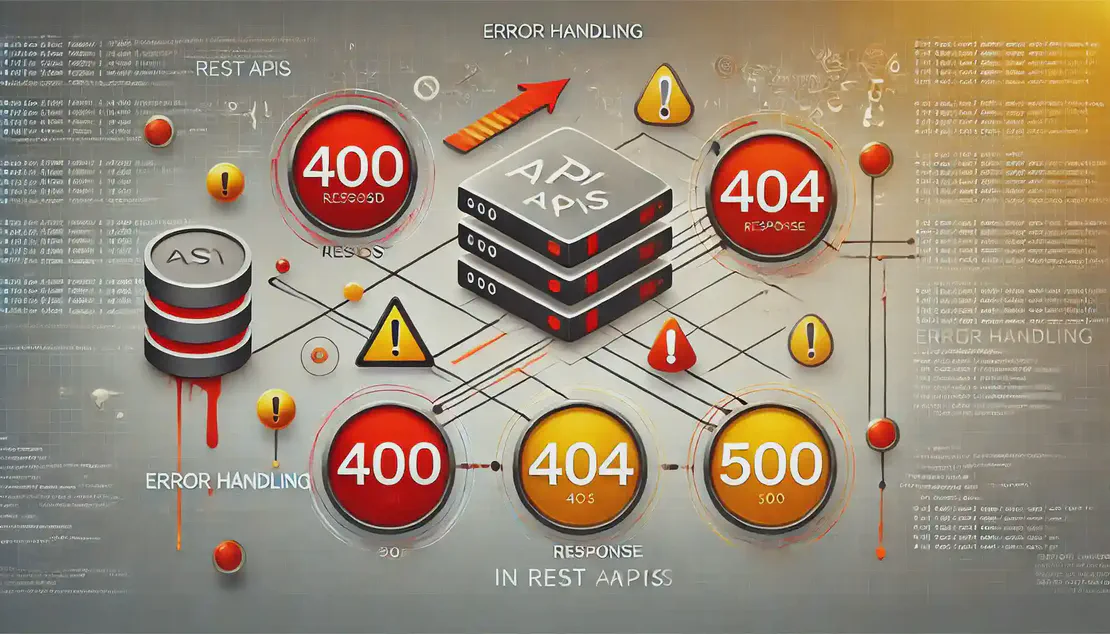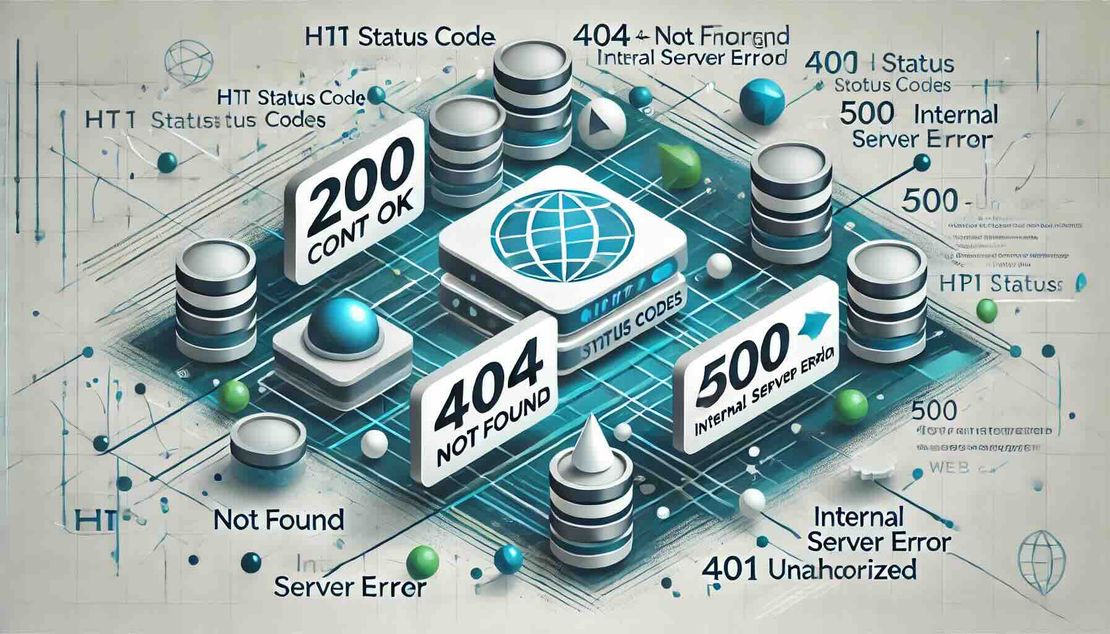Blog Posts
- Home /
- Blog Posts

Consistent Hashing in System Design
🔄 Definition — Consistent hashing is a distributed hashing technique used to distribute data across multiple nodes in a network, minimizing the need for data redistribution when nodes are added or removed.
Read More
Eventual Consistency Patterns
🔄 Event-Based Consistency — This pattern involves services emitting events when their state changes, and other services listening to these events to update their data. It promotes loose coupling and scalability but introduces a delay before all services reflect the latest state.
Read More
Domain-Driven Design as a Software Design Approach
🔍 Definition — Domain-Driven Design (DDD) is a software design approach that focuses on modeling software to align with the business domain, using input from domain experts.
Read More
Consensus in Distributed Systems
🔄 Definition — Consensus in distributed systems is the process by which multiple nodes agree on a single data value or course of action, ensuring consistency and reliability despite potential failures.
Read More
Understanding Vertical Slice Architecture
🔍 Definition — Vertical Slice Architecture is a software design approach that organizes code around specific features or use cases, rather than technical layers.
Read More
Best Practices for REST API Error Handling
📜 Consistent Structure — Ensure that error responses follow a consistent structure across all API requests to make them predictable and easier to handle.
Read More
Implementing Pagination, Filtering, and Sorting in REST APIs
🔍 Filtering — Filtering in REST APIs allows clients to retrieve only the data they need by specifying criteria. Common methods include using query parameters, path parameters, and request bodies. For example, using query parameters like GET /products?price_gt=50 filters products with a price greater than $50.

Understanding Request and Response Headers in REST APIs
📜 Definition — Request and response headers in REST APIs are metadata that provide additional information about the request or response. They are key-value pairs included in HTTP messages.
Read More
Understanding HTTP Status Codes
🔢 Definition — HTTP status codes are three-digit numbers issued by a server in response to a client’s request, indicating the result of the request.
Read More
HTTP Methods and Their Purposes
🔍 GET — Used to request data from a specified resource without altering it. It is considered safe and idempotent, meaning it can be repeated without causing any changes.
Read MoreCategories
- Microservices ( 27 )
- System-Design ( 16 )
- Scalability ( 10 )
- Rest ( 6 )
- Api ( 6 )
- Distributed-Transaction ( 5 )
- Webdev ( 5 )
- Internet ( 5 )
- Rate-Limiting ( 5 )
- Networking ( 4 )
- Security ( 4 )
- Distributed-Systems ( 4 )
- Network-Protocol ( 3 )
- Devops ( 3 )
- Cicd ( 2 )
- Cloud-Native ( 2 )
- Grpc ( 2 )
- Automation ( 2 )
- Eventual-Consistency ( 2 )
- Databases ( 2 )
- 12-Factor-App ( 1 )
- Ai ( 1 )
- Two-Phase-Commit ( 1 )
- Distributedtracing ( 1 )
- Protobuf ( 1 )
- Domain-Driven-Design ( 1 )
- Paxos ( 1 )
- Service-Discovery ( 1 )
- Cqrs ( 1 )
- Observability ( 1 )
- Performance ( 1 )
- Serialization ( 1 )
- Mqtt ( 1 )
- Software-Architecture ( 1 )
- Concurrency ( 1 )
- Integration ( 1 )
- Vertical-Slice-Architecture ( 1 )
- Timeout-Pattern ( 1 )
- Computing ( 1 )
- Kubernetes ( 1 )
- Retry-Pattern ( 1 )
- Service-Mesh ( 1 )
- Event-Sourcing ( 1 )
- Hinted-Handoff ( 1 )
- Raft ( 1 )
- Generative-Ai ( 1 )
- Software-Best-Practices ( 1 )
- Software-Design ( 1 )
- Privacy ( 1 )
- Backend-Development ( 1 )
- Networrking ( 1 )
- TechExplained ( 1 )
- Conflict-Resolution ( 1 )
- Consensus ( 1 )
- EDA ( 1 )
- Mocroservices ( 1 )
- Database-Sharding ( 1 )
- Headers ( 1 )
- Parallelism ( 1 )
- Architecture-Design ( 1 )
- Architecture-Styles ( 1 )
- Chaos-Engineering ( 1 )
- Circuit-Breaker ( 1 )
- Api-Contracts ( 1 )
- Quorum ( 1 )
- Sidecar-Pattern ( 1 )
- Software-Development ( 1 )
- Technology-Trends ( 1 )
- Vpn ( 1 )
- Applications ( 1 )
- Ddd ( 1 )
- Resilience ( 1 )
- Consistent-Hashing ( 1 )
- Deployments ( 1 )
- Modularity ( 1 )
- Secret-Management ( 1 )
Tags
- System-Design
- Scalability
- Microservices
- Software-Architecture
- Rest
- Api
- Software-Engineering
- Distributed-Transaction
- Internet
- Webdev
- Consistency
- Rate-Limiting
- Api-Security
- Distributed-Systems
- Networking
- Devops
- Security
- Network-Protocol
- Knowledge-Bytes
- Automation
- Cloud-Native
- Databases
- Performance
- Eventual-Consistency
- Database-Sharding
- Cicd
- Grpc
- Paxos
- Raft
- Computing
- Consensus
- Deployments
- Modularity
- Network-Security
- Serialization
- Software-Best-Practices
- Canary-Deployments
- Http
- Kubernetes
- Request-Headers
- Secure-Shell
- Ssh
- 2-Phase-Commit-Pattern
- Database-Partitioning
- Deployment-Strategies
- Httpstatuscodes
- Architecture-Styles
- Ddd
- Vpn
- Ssl
- Consistent-Hashing
- Filtering
- Mqtt
- Tech-Explained
- Cqrs-Pattern
- Event-Sourcing
- Resilience
- Tech-Stack
- Applications
- Artificial-Intelligence
- Conflict-Resolution
- Event-Driven-Architecture
- Partitioning
- Secret-Management
- Software-Development
- 12-Factor-App
- Concurrency
- Observability
- Parallelism
- Timeout-Pattern
- Vertical-Slice-Architecture
- Privacy
- Protobuf
- Technology-Trends
- Microservices-Patterns
- Service-Mesh
- Api-Contracts
- Chaos-Engineering
- Generative-Ai
- Hinted-Handoff
- Integration
- Error-Handling
- Web-Security
- Load-Balancing-Algorithm
- Sidecar-Pattern
- Service-Discovery
- Sharding
- Ai
- Distributedtracing
- Domain-Driven-Design
- Httpmethods
- Encryption
- Pagination
- Response-Headers
- Sorting
- Saga-Pattern
- Software-Design
- Backend-Development
- Quorum